Introduction – on Recycling
The Recycling Opportunity System has set up a statewide system for managing solid waste that was called the most comprehensive in the nation. Where does the material go next? The destination depends on the particular item in question, but the process of collecting and re-manufacturing recyclable materials is only part of recycling.
Therefore, before using a recycled product, look for the recycle label on the products you buy.
 What exactly is Recycling?
What exactly is Recycling?
Recycling is a process of bringing waste materials into reusable objects to prevent waste of potentially useful materials. After turning a recyclable product into a raw form, they can be used to create a new, different products.
Why recycle? Not only are natural resources limited, but on recycling efforts will reduce additional waste products that may cause harm to human, resources, and nature.
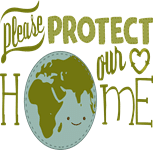 Is recycling important?
Is recycling important?
There are various good reasons for adding recycling to our daily life, and this may result from a personal level to a global advantage. Recycling waste products get you more adapted to the way you use and dispose of stuff.
It is apparent that people who involve themselves in this insist on buying unwanted things from a supermarket, they think of disposing of those products after use before even buying them. By applying this method, people end up as a result, saving an amount of money while also saving the planet.
Some Individuals, governing bodies and other companies also take pride in limiting their waste products as they can help to reduce world environmental damages and make the earth a better place on which to live. It is a direct contribution everyone should emulate.
What Can I Recycle?
When you think on recycling at times, you think only about recycling materials. However, in reality, almost anything is recyclable. Below some of the common recyclable things are listed.

Instead of sending your car to the junkyard or selling it, you can donate it to a charitable organization. Not only will you keep the vehicle out of the landfill, but you will also receive a tax deduction for doing so.
Clothes
Clothes are one of the easiest materials to recycle as so many charitable organizations will accept them such as Goodwill, Veteran’s Support Groups, and most churches. Also, you can sell them at a consignment shop if they are still in good shape and style.
Food
Start a compost heap in your backyard, then Instead of throwing old food in the trash; throw it on the compost heap. It can be useful fertilizing your garden.

Numerous charity organizations accept cell phones notably many charities that assist women. Also, many companies online will pay you for your used cell phone if it still works. Finally, a phone can be recycled for their parts which new cell phones used.
Tires
Tires are worse for landfills as they occupy much space, they leach dangerous chemicals and pose a fire hazard. Tires are picked up by local recycling centers and used for purposes such as being shredded for rubber mulch, recycled into new tires, and recycled into rubber containers.
Magazines
Since magazines are paper, most recycling centers, and local recycling services accept them. Also, you can donate to local schools or libraries.
Old Jewelry
Most pieces of jewelry are melted down and refashioned into something new for you. When you recycle your jewelry, you get a new fashion piece at the same time that looks attractive than the former.
Appliances
Washers, dryers, stoves, and refrigerators are accepted by local thrift shop or charitable organizations if they still work. If not, take them to your local recycling center. They will tear them apart to recycle the various parts such as the metal.
Know what is not recyclable
Some items are not recyclable for reasons of different complexity to hazard reasons. Though changes occur to technology, there are still some items that are not recyclable. Don’t put these into the recycling containers because they create problems and can potentially contaminate the recyclables too. Some of these elements include:
Wet Paper
Wet paper damages the fibers and leaves them brittle making them unsuitable for making into new paper. Paper mills also do not want to pay extra for the weight of the water. Please therefore do not put wet paper (or previously wet paper) into your recycling stream.
Juice Boxes
Check to see if your juice box is marked for recycling. If not, you have to throw it in the trash. The plastic coating on much of these cardboards renders them unsuitable for recycling.
Ceramics
This material is accepted at the most recycling centers. You can also consider giving them a second life with a houseplant or in your garden.
You might be thinking that an old coffee mug would find a home in your recycling bin. Alas, it cannot be recycled. However you should check with your local recycling program – in some areas they can be recycled. Here is an article that gives some ideas on what to do with old coffee mugs. Wiki on How to do Anything – How to recycle old Coffee Mugs
Styrofoam
Styrofoam is a petroleum product, and highly flammable. It is considered a danger to most recycling centers. So for this reason, they may lose interest in recycling it. Check with your local recycling center.
How are materials sorted for recycling and what occur at the recycling plant?
In the recycling process, sorted materials depend on the nature of the product.
Here are some examples that best explain and how sorted materials at a recycling plant are handled after the materials are picked up.

After this, the paper will be sorted in different grades (i.e. paper is sort by grades), and paper is stored in bales until a recycling plant needs it, then it will be transferred to the recycling plant for processing.
So what occurs at the recycling plant? At the recycling plant, a chemical process separates ink from the newspaper fibers, which are then turned into pulp and washed.
The pulp is bleached and mixed with product from wood chips to add strength. The substance is then poured on a flat screen to drain till it gets dried as it passes through steam-heated rollers. After this process, it is then trimmed and rolled to be reused as a newspaper.

As a consumer throws glass into a recycle bin, so also the glass is picked up and taken to a recycling plant. Color sorted the glass and washed to remove any impurities (i.e. glass determined by the color). Now, what occur at the recycling plant? At the recycling plant, a mechanical processing system takes place by breaking the glass into smaller pieces called cullet.
Other attachments like metals, labels, bits of plastic, metal rings and caps are being separated out by a magnet or vacuum system. The blended substance is in measured amounts with other items such as silica sand, soda ash, and limestone, and further placed in a furnace which melts it into molten glass.
Also, some little ant of container glass also goes to places like Bulls Eye Glass, Portland, for manufacturing stained glass. While we have accomplished these processes, the glass is then sent back to shops and ready to be used again.

is also a relevant example for this sub-topic, We may define or answer a cardboard to be brown in nature because most original cardboard material appears to be brown, but if we answered a brown box, we are only partly correct. We have the boxboard as one type of cardboard, and the other is the cardboard itself. The first called boxboard is a solid sheet used for products like shoe boxes and tablet backings. The gray color indicates that the boxboard is a recycled material.
The color comes from combining different types of paper, some of which may have had the ink left on them. The second one is called the cardboard, and once the cardboard materials reach the recycling plant, they are sort according to how they are made.
At the plant, the cardboard is sorted, and the materials soaked in a mixture of water. Chemicals are also designed to break down the paper fibers and bring out a pulpy result. Immediately the fibers are thoroughly broken down; they merge with new pulp that is usually from wood chips.
This combination gives strength to the weakened tissues and eventually helps them to solidify. The thick material is moved through a series of filters to remove foreign materials, such as glue or tape that may still be present. After this, the pulp is put into a flotation device filled with chemicals that strip off inks or dyes.
According to some recycling places, this stage cleans the pulp thoroughly and prepares it for the finishing stage.
Conclusion
What you can recover depends mainly on your locality, not all materials may be recyclable. Check with your local recycling center to find out what product you can and cannot recycle. Also, check around your city to make sure that you have the correct disposal containers available to ensure your efforts are used well at the recycling center rather than working so hard to avoid a landfill.
Article source on recycling:



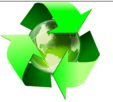 What exactly is Recycling?
What exactly is Recycling?
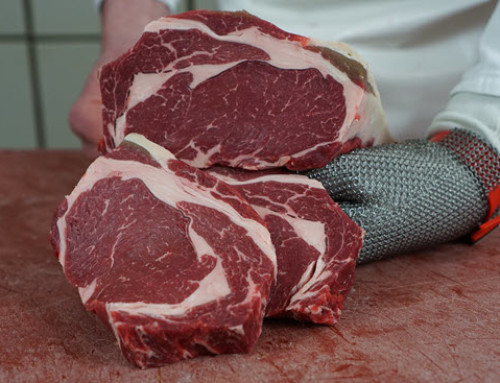
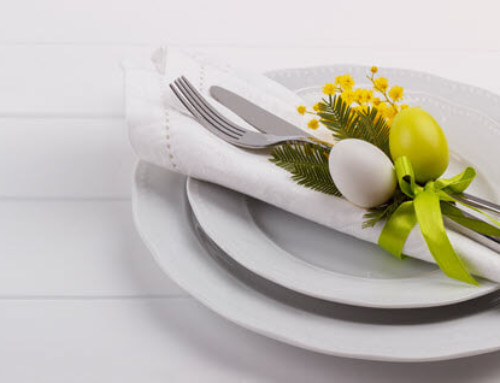
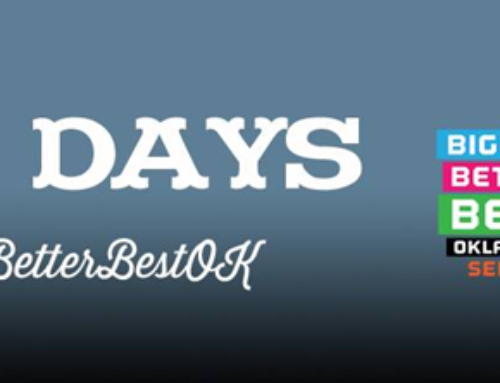
Leave A Comment